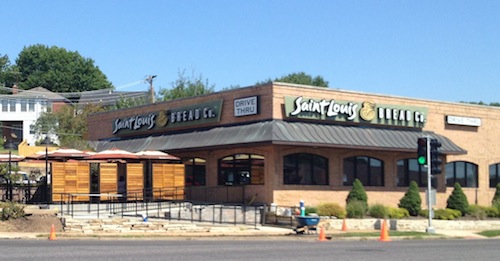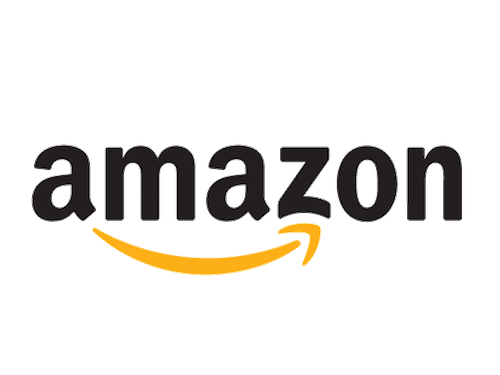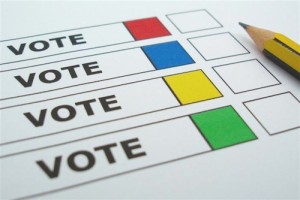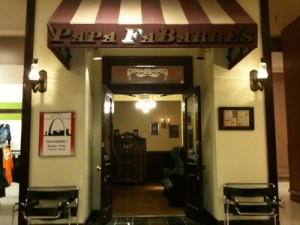Grocery Delivery: Easy & Convenient…But Costly
The local grocery market is once again changing. Last week I decided to have groceries delivered to try out Instacart, now available in St. Louis.
From late January:
Maryland Heights-based Schnucks is among several retailers partnering with Instacart to offer online ordering and delivery beginning Feb. 16. Other retailers that will begin offering delivery through Instacart locally next month are Straub’s, Shop ’n Save, Whole Foods Market, Costco and Petco, Instacart spokeswoman Rebecca Silliman told the Post-Dispatch on Friday.
Beginning next month, customers can access Schnucks Delivers’ new service online at Schnucksdelivers.com. Instacart will provide the software, shoppers and drivers. (Post-Dispatch)
I decided to go directly through Instacart, rather than Schnucks’ website — even though I was ordering from Schnucks. I also browsed the selection from Shop-n-Save, Straub’s, & Costco — we sometimes make a Shop-n-Save run and we always go to Costco once per month. Those who aren’t Costco members can still have items delivered from them.
We needed bread and some produce but I decided I’d get the produce in person the next day. So my order was bread and three other items we’ll eventually eat — just enough to exceed $10.
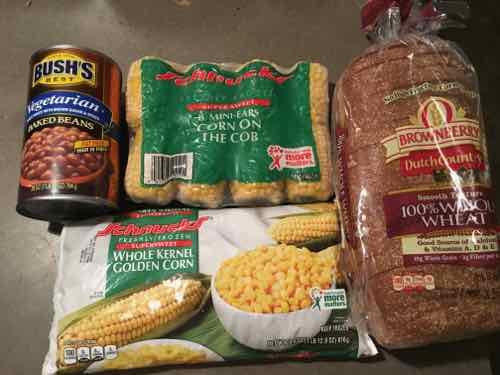
I posted to my personal Facebook wall and a friend from grad school, now living in Chicago, said she loves Instacart, adding:
80%+ of what enters my house is delivered…..going to the store w/2 children in this town is literally insane. Happy to pay the delivery fee rather than spend 2 hours in traffic!!
I can see how a parent of two children might be willing to pay extra for delivery, but let’s look at the cost.
Instacart adds a 10% service fee onto the product subtotal, plus I tipped the delivery person $2. So my “free” delivery cost me $3.08 — 27% above what I would have paid id I’d gone to the store myself.
For my first free order the minimum was only $10, but the regular delivery rate is less for orders of at least $35.
Examples:
- Orders less than $35, delivered within the hour: $11.99
- Orders less than $35, delivered in 2 hours or more: $9.99
- Orders $35 or more, delivered within the hour: $7.99
- Orders $35 or more, delivered in 2 hours or more: $5.99
For $149 per year (or $14.99/month) you can get free delivery.
PROS
- Fast & convenient
- Easy to use website & smartphone app
- Sale items appear on website/apps
CONS
- Adds 25%+ to grocery cost
- Four items arrived in 3 plastic bags
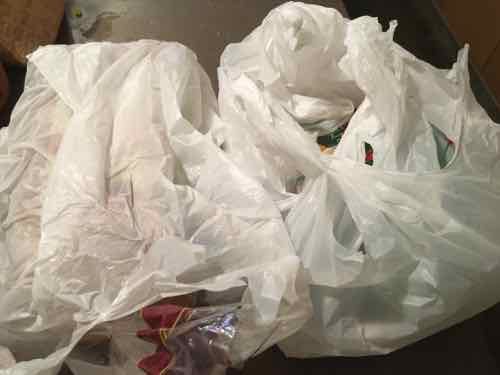
I do think grocery delivery will increase, but still be an expensive niche for a while. I invite you to try the service to see what you think. I got a link that will provide you with free delivery plus a $10 credit, click here. Disclosure: I also get $10 for the first 5 who order using the link. Be sure to tip the delivery person online or in cash because Instacart keeps changing (lowering) their pay.
— Steve Patterson
